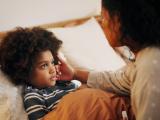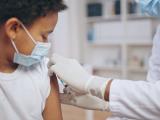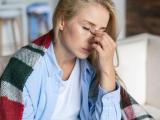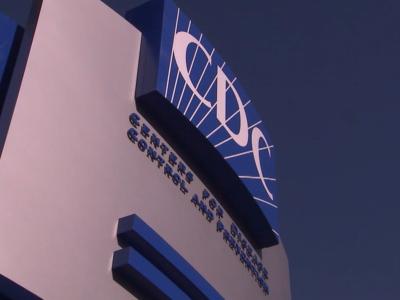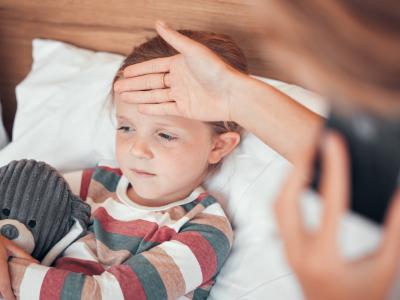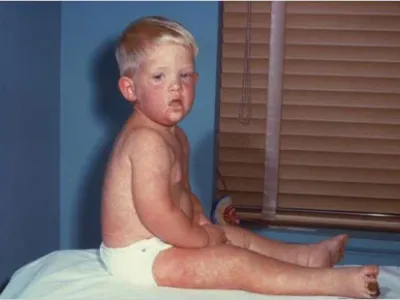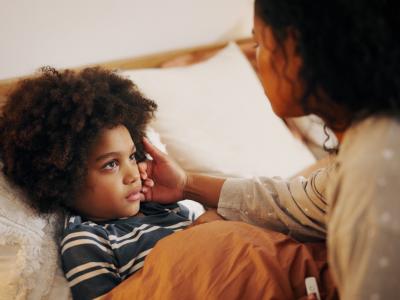Public health officials can use rapid sentinel surveillance to measure the spread of COVID-19 in their communities and guide appropriate strategies to limit it, according to a study published late last week in the US Centers for Disease Control and Prevention's (CDC's) Morbidity and Mortality Weekly Report (MMWR).
Also, a study published the same day in The Lancet Public Health suggests that healthcare worker absenteeism due to school closures during a pandemic could lead to more deaths than they prevent.
Convenience sampling detects virus in patients with no known risk
In the MMWR study, researchers analyzed data from coronavirus sentinel surveillance at four urgent care centers in Santa Clara County, California, from Mar 5 to 14.
Guidance at the time recommended testing only people with lower respiratory tract illness and travel to an affected area, an epidemiologic link to a confirmed COVID-19 case, or patients hospitalized with unexplained severe respiratory disease.
To determine community transmission and enact mitigation measures, however, county and state public health officials and the CDC began daily testing of a convenience sample of 5 to 10 nose and throat swabs from residents with respiratory symptoms but no known risk for coronavirus who had tested negative for influenza.
Of 226 patients who met inclusion criteria, 53 (23%) tested positive for flu. Of the 79 specimens from 173 patients who tested negative for flu, 9 (11%) were positive for SARS-CoV-2 coronavirus, the virus that causes COVID-19.
"If it is assumed there were no influenza and SARS-CoV-2 coinfections and that persons with negative test results for influenza and not tested for SARS-CoV-2 were similar to those who were tested, then an estimated 8% (19 of 226) of persons seen at participating urgent care centers with respiratory symptoms had COVID-19," the researchers concluded.
As a result of the surveillance, patients infected with COVID-19 were placed in isolation. Officials initiated case investigations and contact tracing, recommended cancelling events involving more than 1,000 people, issued orders to shelter in place and close schools and nonessential businesses, and posted community mitigation recommendations for people at high risk, long-term care facilities, and hospitals.
The researchers said that detecting community transmission can inform the scale, timing, duration, and settings in which to focus testing, quarantine, investigation protocols, and community mitigation strategies. "Sentinel surveillance in outpatient settings and emergency departments, implemented together with hospital-based surveillance, mortality surveillance, and serologic surveys, can provide a robust approach to monitor the epidemiology of COVID-19," they said.
They noted that they were unable to evaluate possible differences in patients who were and weren't tested for COVID-19.
Childcare shortages can add to healthcare system burden
In the Lancet modeling analysis, researchers mined data from US Current Population Surveys from Jan 2018 to Jan 2020 to describe the family structure and probable in-home childcare options of healthcare workers during a school closure. The surveys included more than 3.1 million people in 1.3 million households.
The investigators accounted for occupation within the healthcare sector, state, and household to identify those likely to need to care for children during a school closure.
Then they used the resulting estimates to identify the critical level at which the importance of healthcare worker labor supply in increasing the likelihood that a COVID-19 patient would survive would undo the benefits of school closures and thus increase the death rate from the disease.
The researchers determined that 28.8% (95% confidence interval [CI], 28.5 to 29.1) of healthcare workers would need to provide care for children 3 to 12 years old. "We found that the US health-care sector has some of the highest child-care obligations in the USA," they said. "Assuming non-working adults or a sibling aged 13 years or older can provide child care, 15.0% (14.8 to 15.2) of the health-care workforce would still be in need of child care during a school closure."
Assuming a 15.0% drop in coronavirus cases from school closings, that 15.0% decrease in the healthcare workforce would need to lower by 17.6% the survival probability per percentage of healthcare worker lost for a school closure to increase the death rate. Their calculations factored in a 2.0% baseline COVID-19 death rate.
"Our model estimates that if the infection mortality rate of COVID-19 increases from 2.00% to 2.35% when the healthcare workforce declines by 15.0%, school closures could lead to a greater number of deaths than they prevent," the authors wrote. "Our results suggest that the potential contagion prevention from school closures needs to be carefully weighted with the potential loss of health-care workers from the standpoint of reducing cumulative mortality due to COVID-19, in the absence of mitigating measures."
Current evidence that school closings reduce the death rate comes from experience with influenza or models that don't include the effects of school closures on the healthcare workforce, they noted.





